To honor Shark Week we are going to do some shark science experiments. Kids of all ages will have a blast with these fun and educational science experiments that are shark themed! Sharks are amazing creatures, and it’s fun to learn about them! And now you can learn about them in a fun way this Shark Week! Do these shark science experiments during Shark Week, for a science project, or just for fun!

Shark Week Science Experiments
Shark Week is typically fairly educational as it is. Discovery does a great job sharing plenty of documentaries teaching us about sharks, their ecosystem, facts, and the dangers of not being careful in the ocean. But why not take it a step further and do our own science experiments?
These are our favorite shark themed science experiments that both, younger children and older children, can both do to learn!
This post contains affiliate links.
Related: Check out these fun facts about Great White Sharks.
1. Sharknado In A Bottle
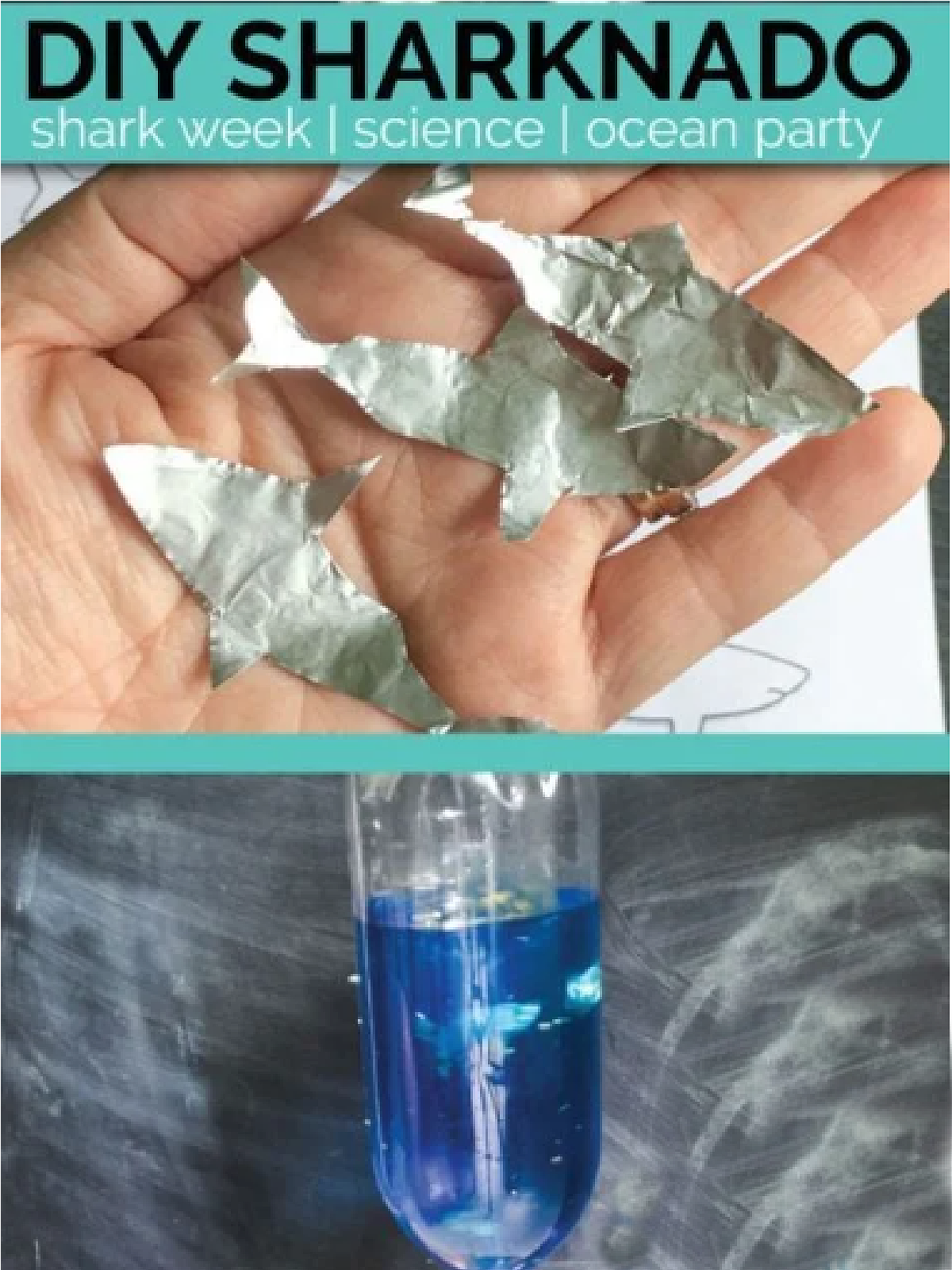
I’m sure we all have heard of the movie Sharknado. And if you haven’t seen it… you’re not missing much. But, this Sharknado in a bottle science experiment is a lot of fun to make. Kids will be able to visualize vortex formation and fluid motion in a way that makes sense.
A vortex is a spinning column of water. This happens when you spin the bottle before flipping it upside down because you have created a low pressure core where the air can then flow upwards while the water flow downward, thus created a spiral around the sides. This is a stable vortex where the water will drain faster and more smoothly like a tornado!
Added sharks just make this science experiment more fun.
2. Floating Sharks Experiment
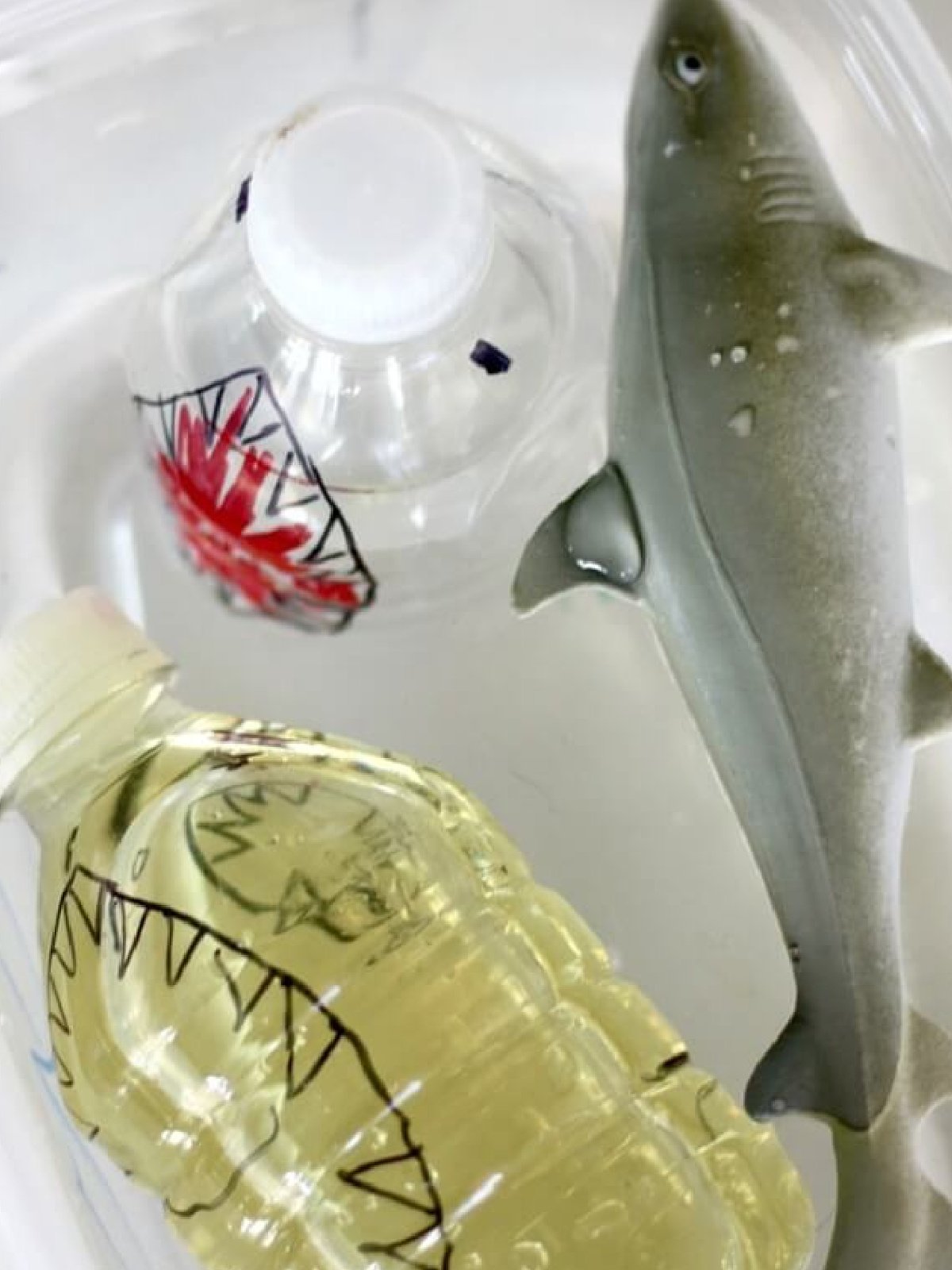
Ever wonder why sharks don’t sink? Let’s explore that for Shark Week! Sharks are big creatures, so you think they would sink! However, because of buoyancy, they can float. But why?
Sharks actually have to keep moving to stay buoyant. If they stop they will sink. It’s actually because the shark has a large oily liver. And by large, I mean huge as they take up 30% of the sharks body. And the oil inside is called squalene which is less dense than water. It helps counteract the weight of the shark’s body. Plus, sharks have cartilage, not bone and cartilage is lighter. The sharks fins also help it stay afloat!
These science experiments will help you visualize and learn about shark’s buoyancy!
3. Shark Buoyancy Experiment
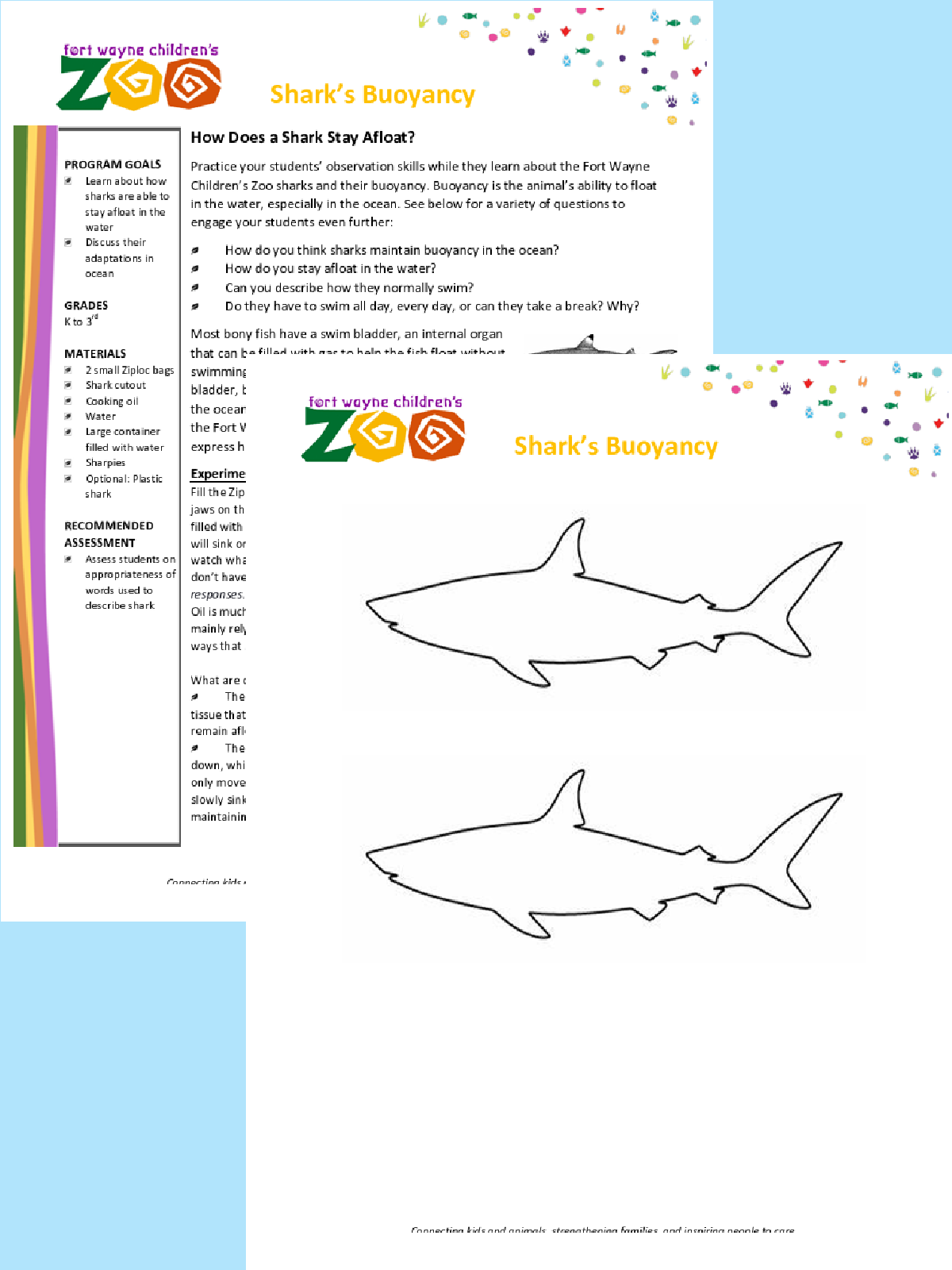
We already talked above about what make sharks float. This is another experiment that shows a sharks buoyance. This free printable makes seeing how a shark floats easy and also brings up great questions that will help kids really think about the important of a sharks ability to float.
4. Shark Smell Experiment
Did you know sharks have an amazing sense of smell? They can smell even tiny traces of stuff in the water, like a drop of blood in an Olympic sized pool! With this experiment, you’ll be able to try to see if you have the nose of a shark!
5. Live Shark Cam Activity
Want to see sharks and other sea creatures in their habitat? As you learn about sharks you can watch them live on this live shark cam. What do you think they do? Will they stop swimming? Will they eat something? What kinds of sharks are on camera?
6. Shark Activities
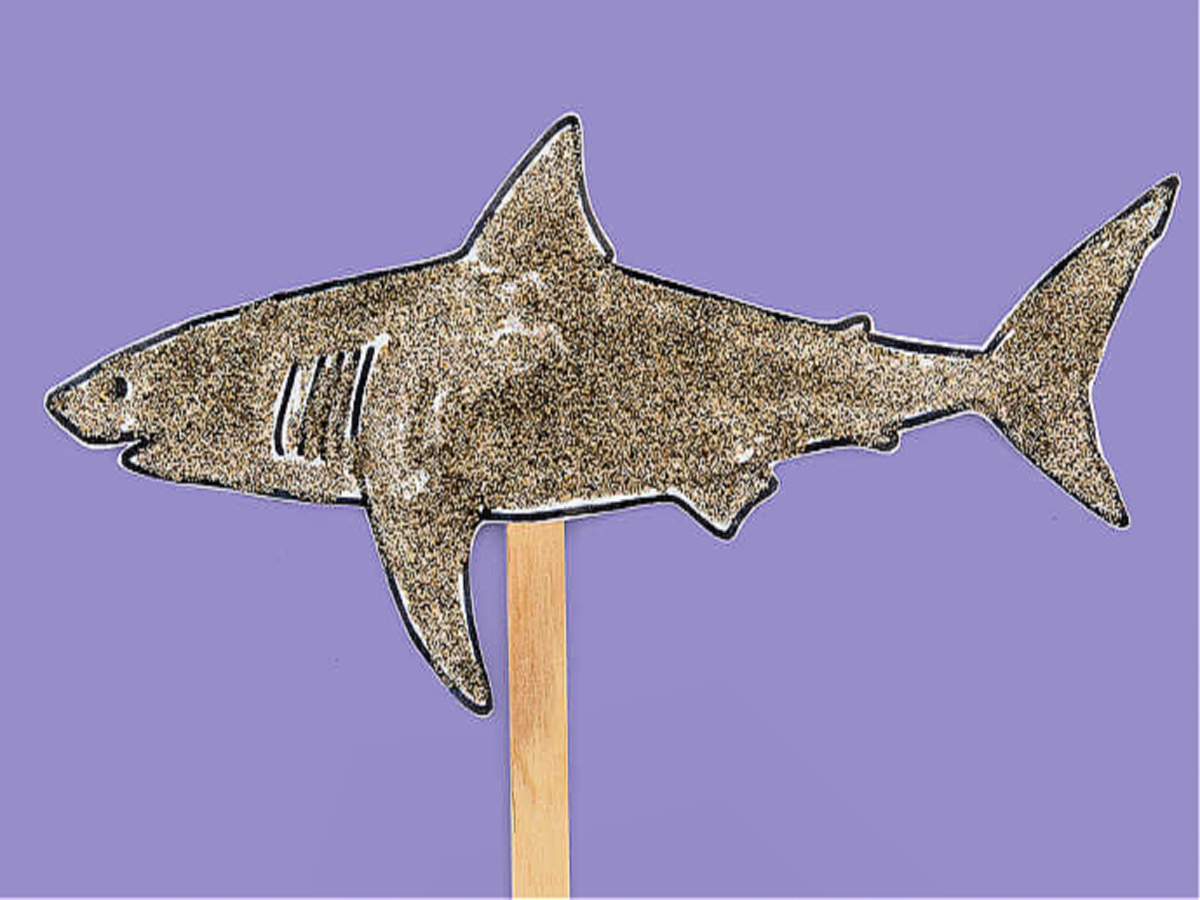
Here is a big list of different shark activities that will teach you about these cool creatures. You can build your own shark, learn about them, learn about their teeth, how they eat, about baby sharks, and more!
7. Sharks Sixth Sense Experiment
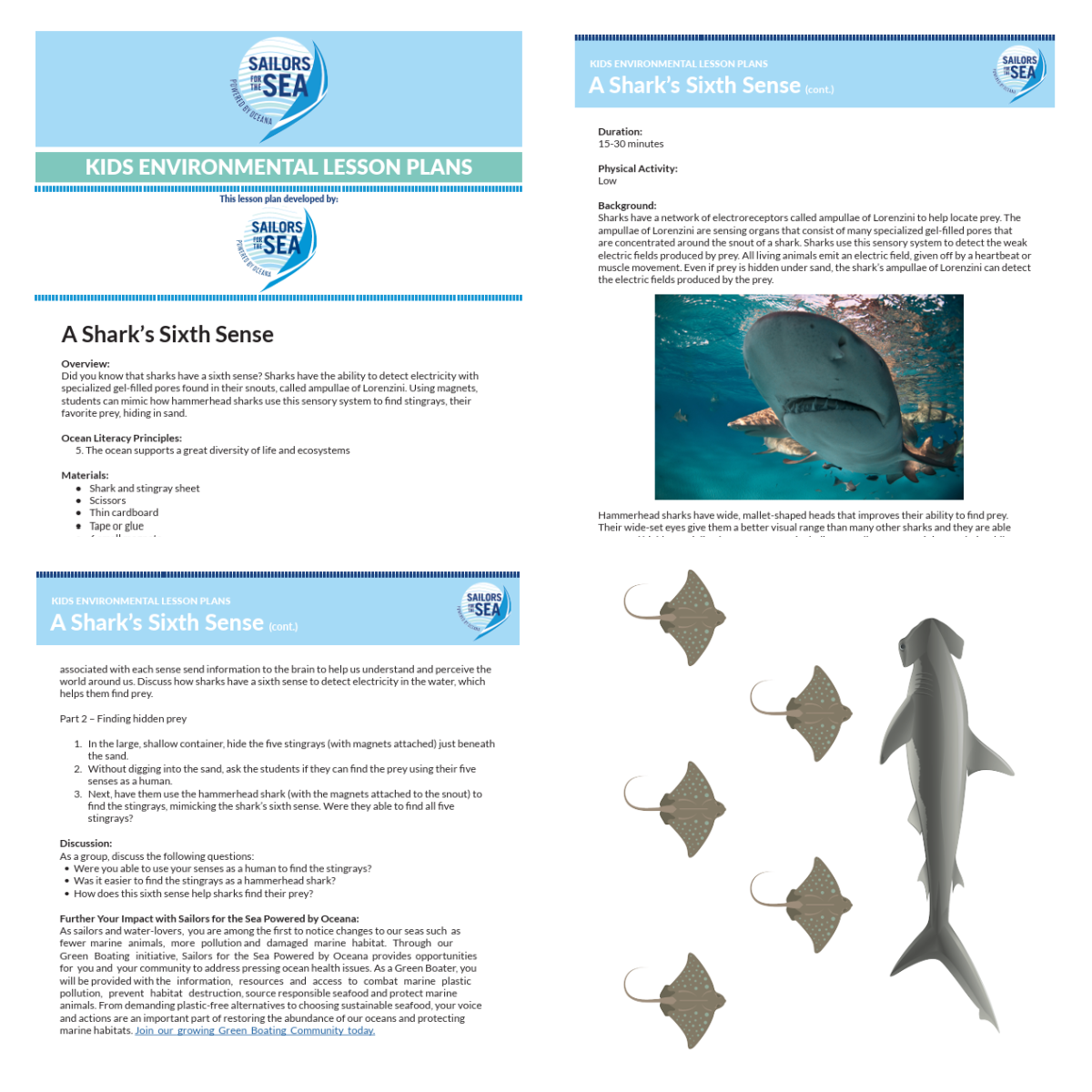
Did you know that sharks have a sixth sense? What does that mean? We have 5 sense, but sharks have an extra one. This sixth sense allows a shark to detect electricity with specialized pores filled with gel in their snouts. These are called ampullae of Lorenzini. With this science experiment, kids can mimic how sharks use this sixth sense to find other animals like sting rays.
8. Sharks Underwater Hearing Demo
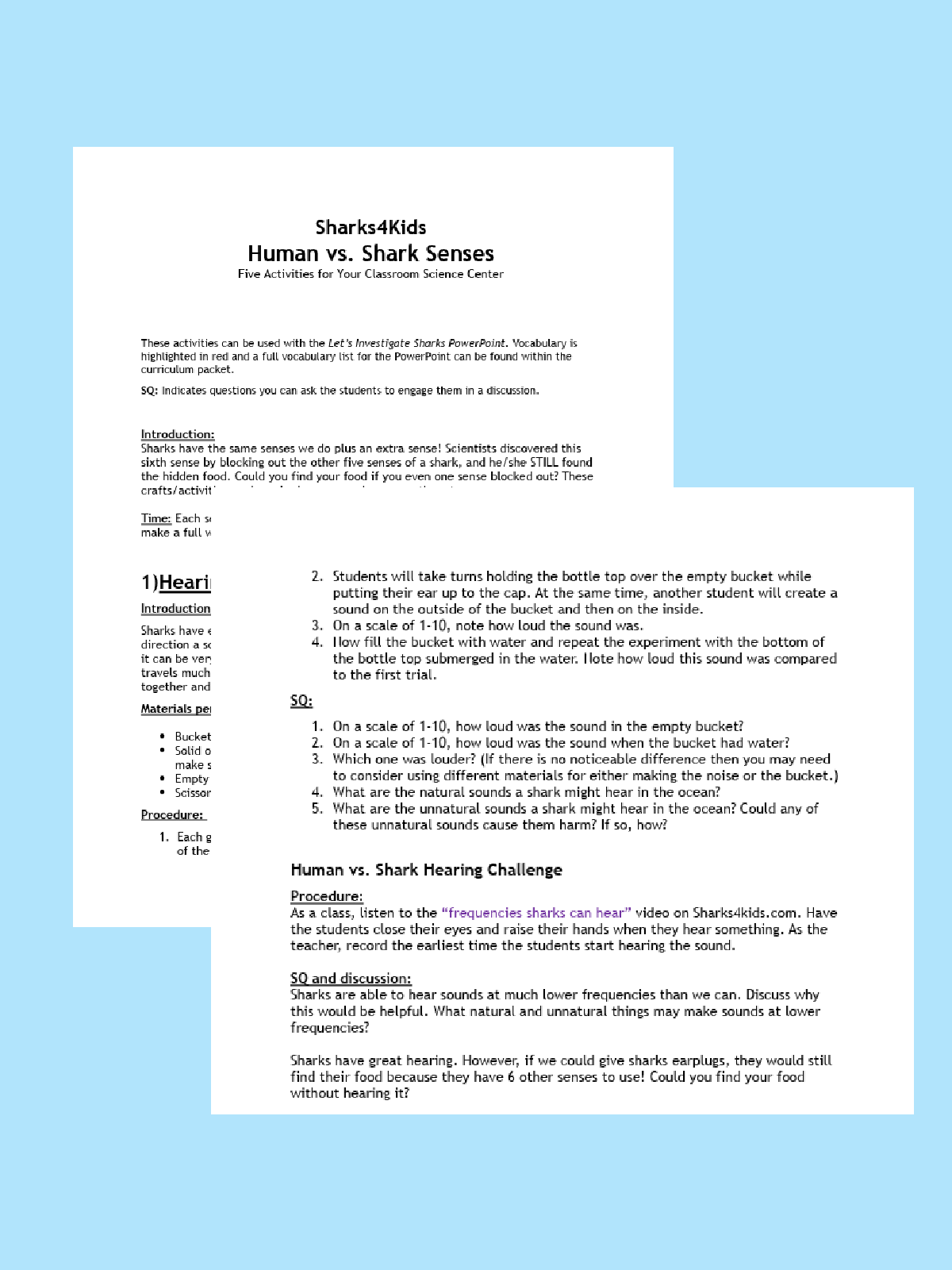
Sharks also have good hearing. Their internal ears pick up sounds and which direction that sound comes from. Humans can do that too, except when we are underwater everything gets muffled. That is because sound travels faster in water. But sharks can still tell! This science experiment will create a demo so kids can try hear sounds like sharks!
9. Shark Touch Experiment
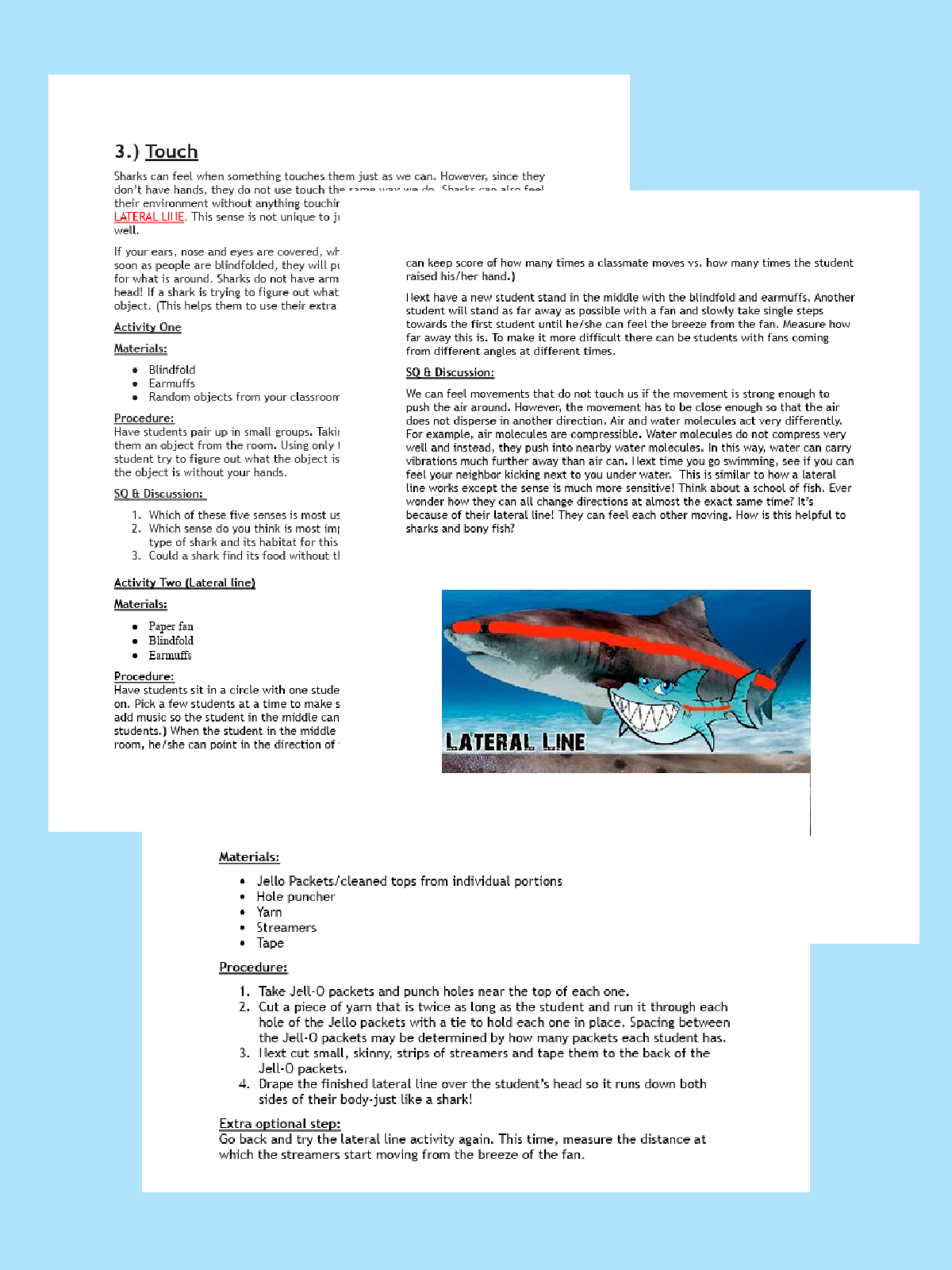
Did you know sharks can feel when things touch them just like us! But, since they don’t have hands, they can’t touch things the same way we do. However, sharks feel their environments without hands. They do this by using their lateral line. Many fish have a lateral line. With this experiment, we will learn to touch and feel like a shark!
10. Sharks And Prey
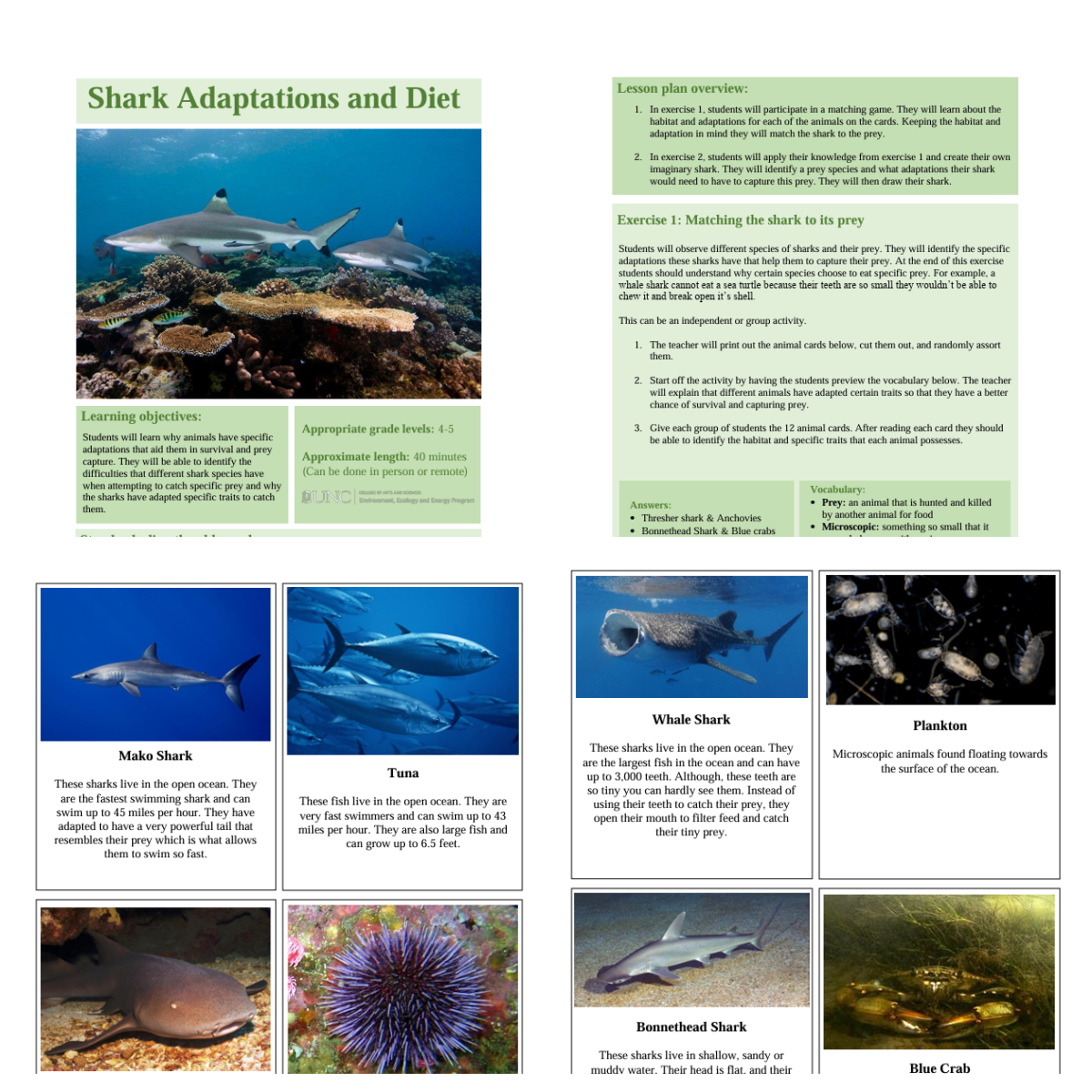
Sharks are carnivores. And they’re typically predators. With this shark printable you’ll be able to see different sharks and their pray. Can you sort them into different piles? This activity will help kids understand why certain sharks have different traits that help them capture their pray.
More Shark Week Fun From Kids Activities Blog
- Choose your favorite shark craft to celebrate Shark Week
- Make a cool shark piñata with a cereal box
- Show off your very own shark teeth crafts
- Make delicious shark snacks for the entire family
- This cute shark magnet is super fun to make
- Make these scary shark treats that are both delicious and fun to make!
- These shark lollipops are the perfect summer snack to celebrate shark week
- Enjoy painting the cutest shark week coloring pages
- Try this deliciously cute shark mac & cheese lunch
- Get all the shark week fun from Kids Activities Blog!
- Let’s make a diy shark tooth necklace!
- Check out these 19 books about sharks for kids!
Which of these Shark Week science experiments and activities did you try?


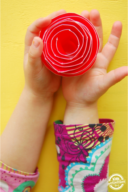




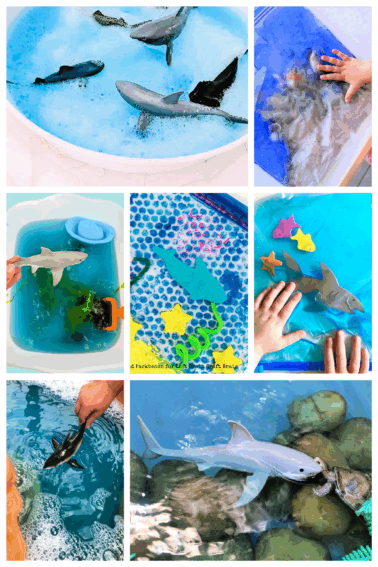













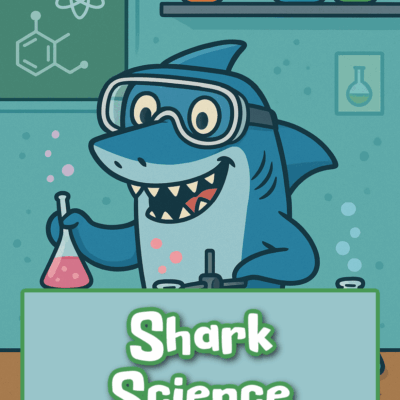
0